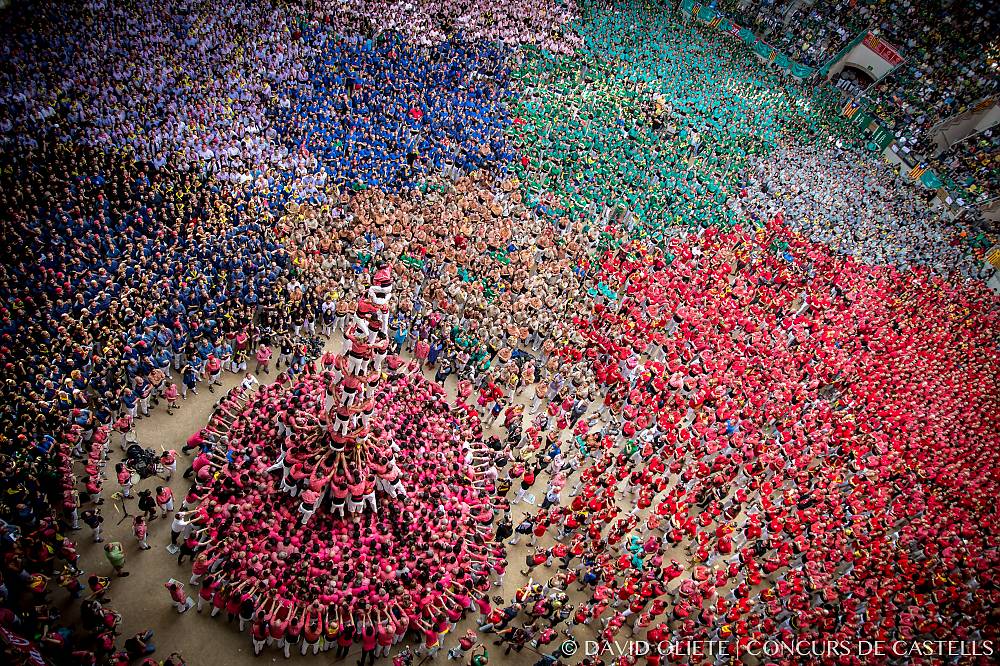
The notion of ‘sustainability’ in the 2030 Agenda for Sustainable Development echoes the concept of ‘living heritage’ in the 2003 Convention for the Safeguarding of the Intangible Cultural Heritage.
The 2030 Agenda refers to sustainability as ‘development that meets the needs of the present without compromising the ability of future generations to meet their own needs’. Transmitted from generation to generation, living heritage is a source of community-based resilience, which can be a driver of sustainable development in many different ways:
The 2030 Agenda for Sustainable Development
It constitutes a plan of action addressing the three dimensions – economic, social and environmental – of sustainable development through 17 Sustainable Development Goals as highly interdependent spheres of action:
SDG 1: no poverty
SDG 2: zero hunger
SDG 3: good health and well-being
SDG 4: quality education
SDG 5: gender equality
SDG 6: clean water and sanitation
SDG 7: affordable and clean energy
SDG 8: decent work and economic growth
SDG 9: industry, innovation and infrastructure
SDG 10: reduced inequalities
SDG 11: sustainable cities and communities
SDG 12: responsible consumption and production
SDG 13: climate action
SDG 14: life below water
SDG 15: life on land
SDG 16: peace, justice and strong education
SDG 17: partnerships for the goals
- local knowledge, skills and practices, maintained and adapted over time, provide a vital source of revenue and decent work for many around the world, including poor and vulnerable ones, through crafts, tourism, among others;
- traditional agricultural systems provide many societies worldwide with a varied diet for adequate nutrition, while preserving ecosystems and maintaining genetic biodiversity;
- inherited healing systems, traditional physical activities – such as sports and games – and festive events strengthen the health and wellbeing of communities for all at all ages;
- youth learn about their values and culture through the transmission of their living heritage, constituting a key pillar of their education;
- living heritage can shape gender roles and identities, key for achieving gender equality;
- communities have developed innovative and adaptive strategies to optimize the use and management of water and minimize the consumption of energy;
- through their celebration of cultural diversity, carnivals, fairs and festivals can contribute to harmonious social relationships, within and between urban and rural areas;
- living heritage contains locally-rooted knowledge and practices that provide a source of resilience against changing climate conditions and help protect biodiversity;
- local social practices of dialogue, conflict resolution and reconciliation help regulate access to shared spaces and natural resources and promote peace and social cohesion.
The Secretariat is to release in December 2020 a set of visualizations providing in-depth illustrations of the relationships between intangible cultural heritage and sustainable development. A Massive Open Online Course project will also be released in 2021 on the topic.
